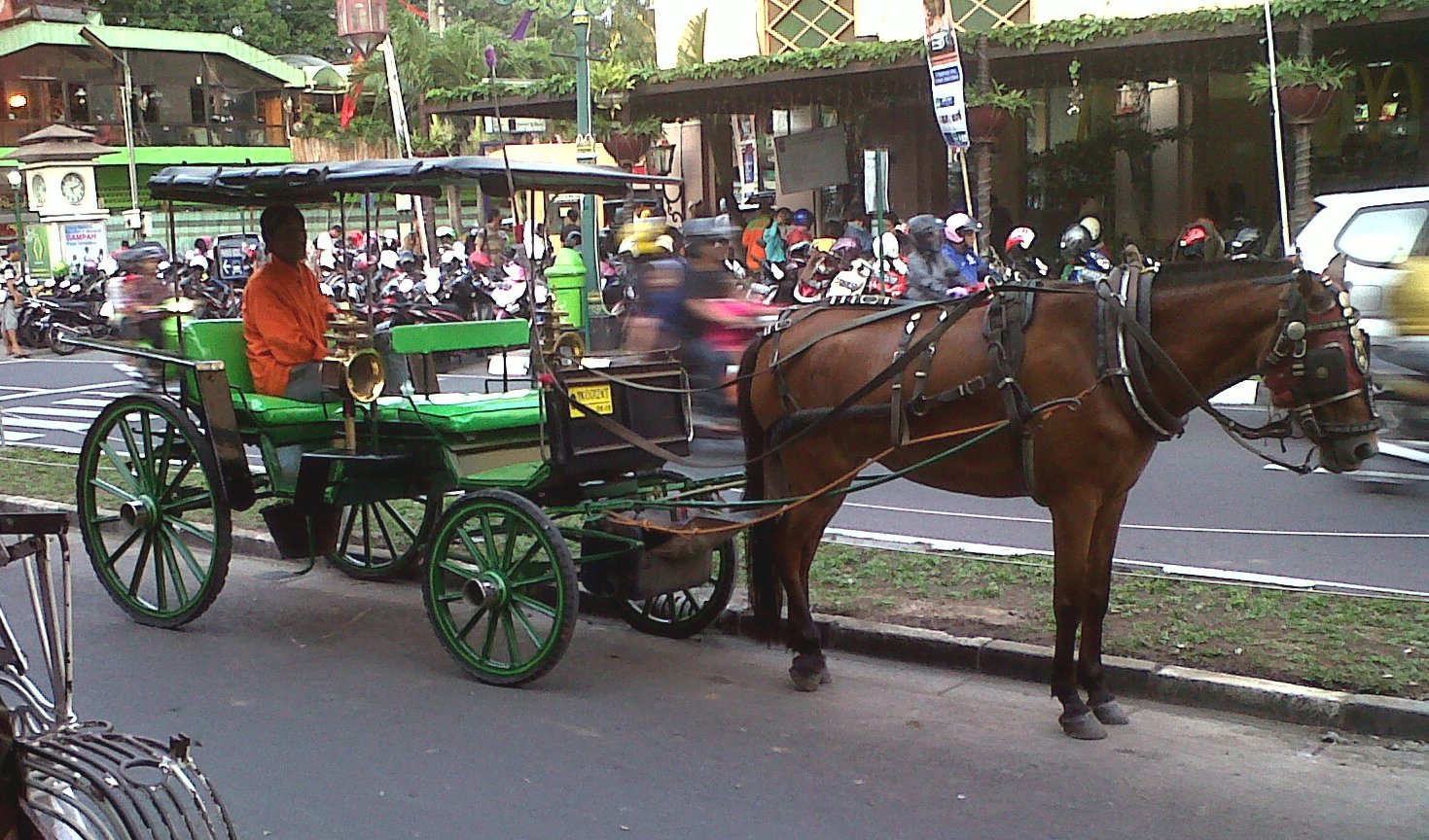Transportation has always been a fundamental aspect of human civilization, shaping the way communities evolve, economies flourish, and cultures intermingle. Traditional transportation refers to the age-old methods and modes of moving people and goods that have stood the test of time, often before the advent of modern technologies. These methods not only reflect the ingenuity of our ancestors but also embody the values and lifestyles of various cultures across the globe.
Understanding what is traditional transportation allows us to appreciate the historical context of our current systems. From horse-drawn carriages to boats powered by wind, these methods are deeply woven into the fabric of society. They serve as a reminder of our connection to nature and the environment, as well as the relationships we build with one another through shared journeys and experiences.
As we delve deeper into this subject, we will explore the various forms of traditional transportation, their significance in different cultures, and how they have adapted over time. By doing so, we can gain insight into the roots of our modern transportation systems and the importance of preserving these age-old practices in an increasingly fast-paced world.
What are the Different Types of Traditional Transportation?
Traditional transportation encompasses a variety of methods that have evolved in different cultures. Here are some of the most notable examples:
- Animal-Pulled Vehicles: Such as carts or carriages pulled by horses, oxen, or donkeys.
- Boats and Canoes: Utilized for traversing rivers, lakes, and oceans, often made from natural materials.
- Bicycles: A human-powered mode of transport that has roots in the 19th century.
- Walking: The oldest form of transportation, essential for short distances.
How Did Traditional Transportation Evolve Over Time?
The evolution of traditional transportation has been influenced by several factors, including geography, culture, and technological advancements. In ancient times, communities relied on walking and animal power for their daily needs. As trade routes developed, so too did the necessity for more efficient means of transport. Innovations such as the wheel and the development of boats marked significant milestones in this evolution.
What is Traditional Transportation's Role in Modern Society?
Even in our modern world, traditional transportation plays a vital role. Many communities still rely on these methods for daily commuting and transporting goods. They often provide a more sustainable and environmentally friendly alternative to motorized forms of transport. Furthermore, traditional transportation methods can be a source of cultural pride and heritage, preserving the history and customs of a community.
What is Traditional Transportation in Different Cultures?
Each culture has its unique approach to traditional transportation, reflecting its values, environment, and history. Here are a few examples:
- India: Rickshaws and bullock carts are commonly used in rural areas, showcasing the vibrant culture and adaptability.
- Africa: Traditional canoes and wooden boats are integral to many communities for fishing and trade.
- Japan: The use of bicycles is deeply embedded in urban life, offering a sustainable mode of transportation.
What Challenges Does Traditional Transportation Face Today?
Despite their significance, traditional transportation methods face numerous challenges in the modern era:
- Urbanization: Rapid city growth often leads to the neglect of traditional practices.
- Environmental Threats: Climate change and natural disasters can impact routes and methods.
- Technological Advancements: The rise of motorized transport can overshadow traditional methods.
How Can We Preserve Traditional Transportation?
Preserving traditional transportation requires a conscious effort from communities, governments, and individuals. Here are some strategies:
- Education: Teaching younger generations about the importance of traditional methods.
- Promotion: Encouraging tourism that highlights traditional transport as part of cultural heritage.
- Support: Providing resources to maintain and enhance traditional transport systems.
Conclusion: What is Traditional Transportation's Lasting Impact?
In essence, traditional transportation serves as a vital link between our past and present, offering insights into the evolution of human mobility and the importance of community connections. As we navigate a rapidly changing world, understanding and preserving these traditional methods will be key in maintaining cultural identity and promoting sustainable practices for the future. The legacy of traditional transportation is not just about the means of moving from one place to another; it's about the stories, values, and connections that shape our lives.
You Might Also Like
Unraveling The Legacy Of Javier Sotomayor: The High Jump LegendDiscovering The Vibrant World Of MyDesi.com
Discovering The Enchantment Of Blossom Bunny Owala
Unveiling The Life And Journey Of Justin Qualley
Unlocking The World Of Vegamovies NL Download: Your Ultimate Guide
Article Recommendations


